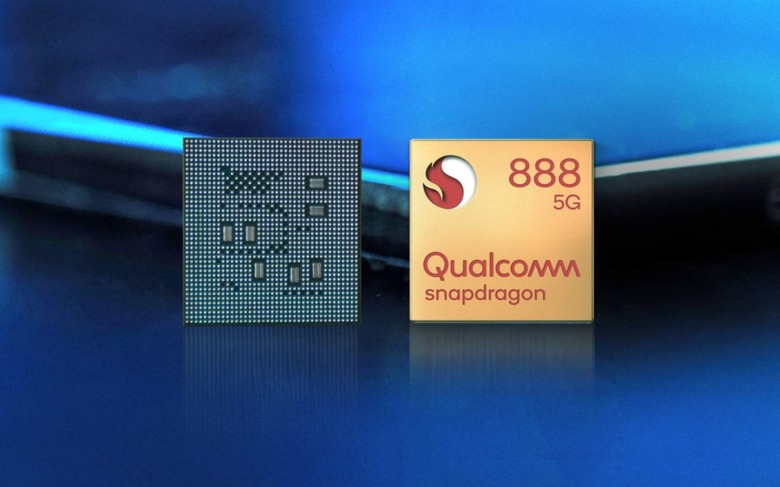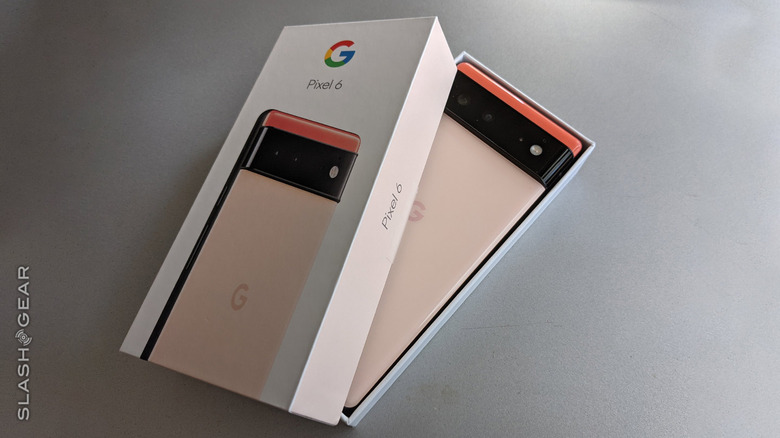Qualcomm's new Snapdragon flagship has a change we didn't expect
Goodbye Snapdragon 898, we didn't even have time to get to know you. Qualcomm is upending branding for its smartphone chipsets, ditching the now-familiar three digit nomenclature on the eve of its latest Snapdragon flagship being announced at the upcoming Snapdragon Summit 2021.
Until now, Qualcomm's approach to organizing its various chip options has been fairly straightforward. The first number in the three digit code has referred to the general series: 4 and 5 for low-end devices, including sub-$200 phones; 6 and 7 for the mid-tier; and finally 8 for the flagship chipset series.
The second digit, meanwhile, has referred to generation and positioning within that series. So, the Snapdragon 888 – announced at last year's Snapdragon Summit – was the successor to the Snapdragon 865. The final digit distinguishes smaller differences, sometimes with a "+" suffix appended as well, or instead of a numerical change. The Snapdragon 888+, for example, is a version of the regular 888 with slightly faster CPU clock speeds.

It's a system that has worked reasonably well, albeit favoring the sort of techie audience that closely follows the cadence of high-end Android phones. For the mainstream consumer, meanwhile, Qualcomm has attempted to position Snapdragon more generally as a brand to look out for. Overall, though, historically the chip-maker has been content to leave that consumer-facing side to its handset partners.
With recent changes in the smartphone segment, however, that strategy has paled somewhat. On the one hand, companies like Apple making their own chipsets have generally opted for more straightforward branding, not least because they don't need to develop the same array of differentiated SoCs as they haven't the wide range of customers as Qualcomm does.
At the same time, some of the phone-makers who would traditionally have counted themselves Qualcomm customers have moved on to develop their own chipsets instead. Google's Tensor chip in the Pixel 6 and Pixel 6 Pro, for example, ended the phone series' run of Snapdragon power. With other companies tipped to be considering developing SoCs of their own, Qualcomm's need to push its own branding seems more pressing.

Adding to the complexity there is the blunt fact that the company is running out of numbers. The successor to the Snapdragon 888 was widely rumored to be the Snapdragon 898, nudging close to the upper limit of where Qualcomm could take its current nomenclature system. Rather than let that happen, it seems the company has decided to make the change now, with this new flagship chipset paving the way for a broader rebrand.
For a start, Qualcomm and Snapdragon are being separated out. "Snapdragon will be a standalone product brand with specific ties to the Qualcomm brand where appropriate," Qualcomm explains. It'll revamp its various iconography, and add new colors to its palette. Gold, for example, will now only be used for "premium-tier" chips, and 5G won't be called out specifically as it's basically an expected feature at this stage.
As for the three digit names, they're being retired. "A new simplified and consistent naming structure for our platforms makes it easier for our customers to discover and choose devices powered by Snapdragon," Qualcomm promises. "This means our mobile platforms will transition to a single-digit series and generation number, aligning with other product categories – starting with our newest flagship Snapdragon 8-series platform."
So far, Qualcomm is giving us half the Snapdragon name story. What we don't know is what it'll be replacing the old system with: that will be confirmed next week, with the arrival of the new 8-series platform.
Branding, of course, is only part of Qualcomm's challenge for the years ahead. The explosive growth in smartphones has been good to the company, as has the transition from 4G to 5G. Even now, Qualcomm modems often find customers among phone-makers that have developed their own processors, such as in Apple's recent 5G iPhone models.
Nonetheless, Apple and others are known to be looking to in-house modem development too, and Qualcomm clearly can't count on its Snapdragon legacy to ensure that it's the go-to for Android phones. While a branding change may help, a big focus of next week's event is likely to be positioning the company as not only a supplier within the smartphone space but an innovator, as it balances attempting to push its own products into the limelight without simultaneously overshadowing the customers it still has.
